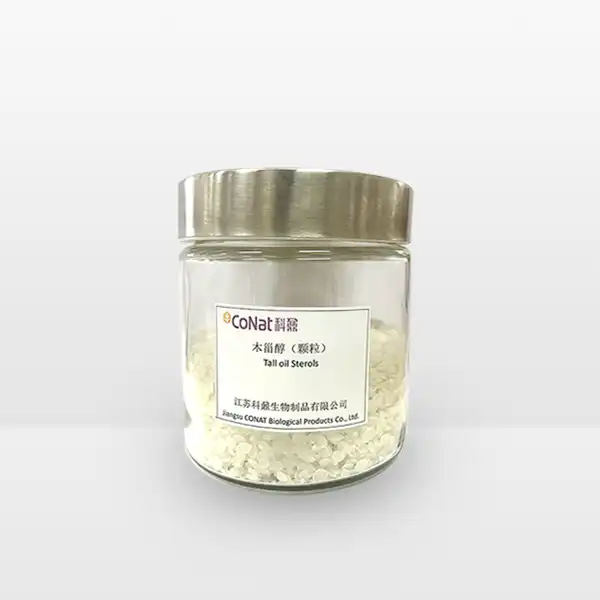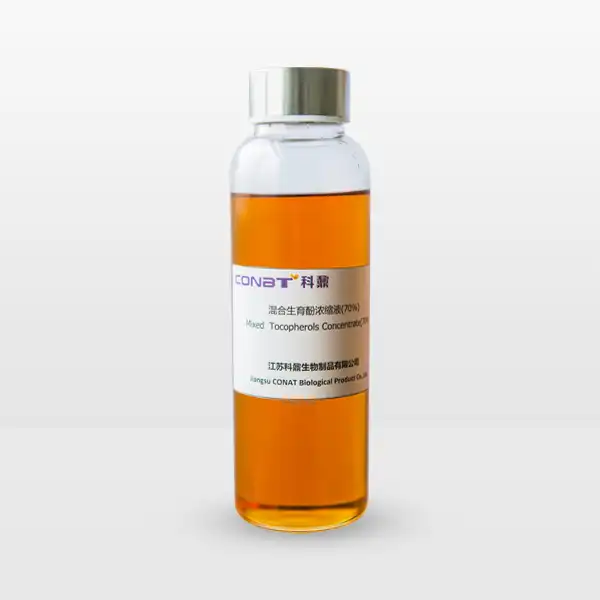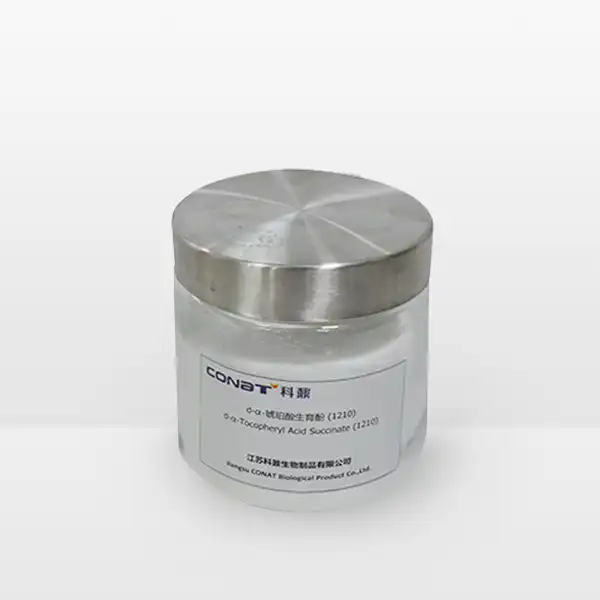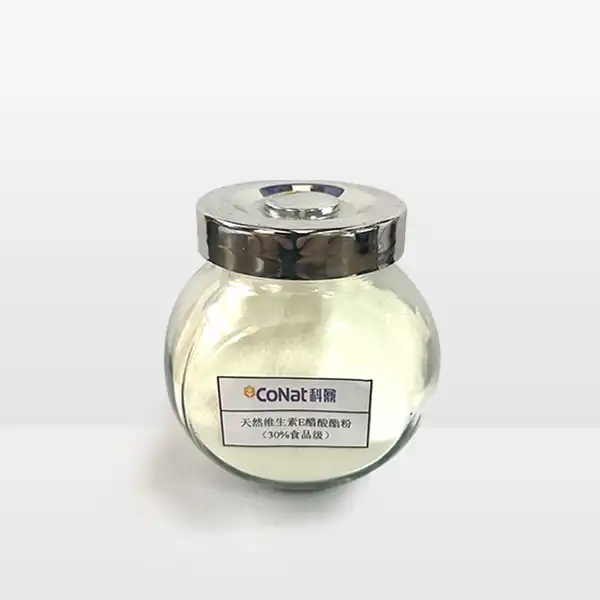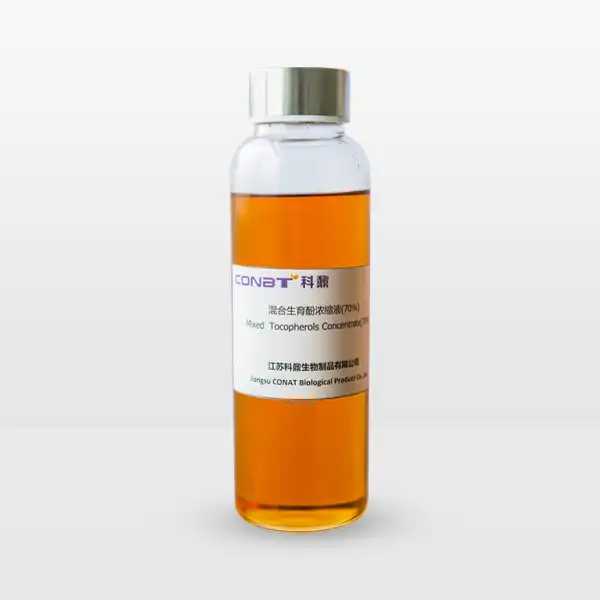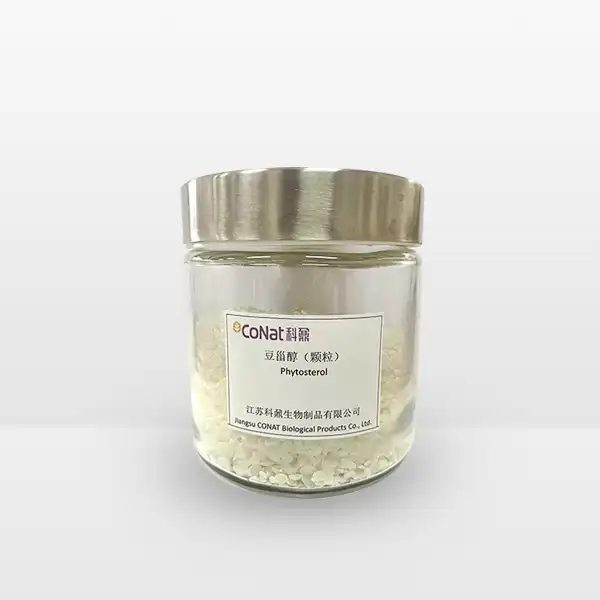- English
- French
- German
- Portuguese
- Spanish
- Russian
- Japanese
- Korean
- Arabic
- Greek
- German
- Turkish
- Italian
- Danish
- Romanian
- Indonesian
- Czech
- Afrikaans
- Swedish
- Polish
- Basque
- Catalan
- Esperanto
- Hindi
- Lao
- Albanian
- Amharic
- Armenian
- Azerbaijani
- Belarusian
- Bengali
- Bosnian
- Bulgarian
- Cebuano
- Chichewa
- Corsican
- Croatian
- Dutch
- Estonian
- Filipino
- Finnish
- Frisian
- Galician
- Georgian
- Gujarati
- Haitian
- Hausa
- Hawaiian
- Hebrew
- Hmong
- Hungarian
- Icelandic
- Igbo
- Javanese
- Kannada
- Kazakh
- Khmer
- Kurdish
- Kyrgyz
- Latin
- Latvian
- Lithuanian
- Luxembou..
- Macedonian
- Malagasy
- Malay
- Malayalam
- Maltese
- Maori
- Marathi
- Mongolian
- Burmese
- Nepali
- Norwegian
- Pashto
- Persian
- Punjabi
- Serbian
- Sesotho
- Sinhala
- Slovak
- Slovenian
- Somali
- Samoan
- Scots Gaelic
- Shona
- Sindhi
- Sundanese
- Swahili
- Tajik
- Tamil
- Telugu
- Thai
- Ukrainian
- Urdu
- Uzbek
- Vietnamese
- Welsh
- Xhosa
- Yiddish
- Yoruba
- Zulu
Can Natural Vitamin E Extract Improve Hair Health?
In the quest for healthier, stronger hair, many people are turning to natural solutions, with vitamin E extract emerging as a promising candidate. This powerful antioxidant has gained significant attention in the beauty and wellness community for its potential benefits in promoting hair health. Natural vitamin E extract, derived from plant-based sources such as vegetable oils, nuts, and seeds, contains a complex mix of tocopherols and tocotrienols that may contribute to improved hair growth, strength, and overall vitality. As more research unveils the relationship between nutrition and hair health, understanding the role of natural vitamin E extract becomes increasingly important for those seeking to enhance their hair care routine naturally.
How Does Vitamin E Extract Promote Hair Growth and Prevent Hair Loss?
Natural vitamin E extract plays a crucial role in supporting hair growth and preventing hair loss through multiple mechanisms. At its core, vitamin E functions as a potent antioxidant that helps combat oxidative stress, which can damage hair follicles and impede healthy hair growth. This antioxidant activity is particularly important in protecting the scalp and hair follicles from free radical damage caused by environmental factors such as UV radiation, pollution, and other oxidative stressors.
The extract works by improving blood circulation to the scalp, which is essential for delivering vital nutrients and oxygen to hair follicles. Enhanced blood flow helps create an optimal environment for hair growth by ensuring that follicles receive the necessary nutrients for producing strong, healthy hair strands. This improved circulation also helps remove waste products and toxins that might otherwise accumulate and harm follicular health.
Research has shown that vitamin E's antioxidant properties can help preserve the protective lipid layer around hair follicles, which is crucial for maintaining moisture and preventing damage to the hair shaft. This preservation of the natural lipid barrier helps reduce water loss from the hair, keeping it hydrated and less prone to breakage.
Additionally, vitamin E extract has been found to help balance oil production in the scalp. This balance is crucial because both excessive and insufficient oil production can contribute to hair loss. By regulating sebum production, vitamin E helps maintain a healthy scalp environment that promotes optimal hair growth and retention.
The extract's anti-inflammatory properties also play a significant role in preventing hair loss. Chronic inflammation of the scalp can lead to various conditions that contribute to hair loss, such as scalp psoriasis and folliculitis. By reducing inflammation, vitamin E extract helps create a healthier environment for hair growth and may help prevent conditions that could otherwise lead to hair loss.
What Is the Best Way to Apply Vitamin E Extract for Maximum Hair Benefits?
The application method of vitamin E extract can significantly impact its effectiveness in improving hair health. When using vitamin E extract topically, it's essential to understand the proper techniques and timing to maximize its benefits. The most effective application methods combine both direct scalp treatment and proper hair coverage to ensure comprehensive care.
For optimal results, vitamin E extract should be applied directly to the scalp using a gentle massage technique. This approach helps stimulate blood circulation while ensuring the extract penetrates deeply into the scalp tissue. The massage should be performed using circular motions with moderate pressure, spending at least 5-10 minutes to cover the entire scalp area. This method not only helps with the absorption of vitamin E but also promotes relaxation and increased blood flow to the follicles.
Timing plays a crucial role in the application process. The best results are typically achieved when vitamin E extract is applied to slightly damp hair, as this allows for better absorption and distribution. Many experts recommend applying the extract in the evening before bed, giving it ample time to work without interference from environmental factors or styling products. This overnight application allows the vitamin E to penetrate deeply into the scalp and hair shaft, maximizing its protective and nourishing effects.
The frequency of application should be carefully considered as well. While daily application might seem beneficial, most hair care experts recommend applying vitamin E extract 2-3 times per week for optimal results. This frequency provides sufficient nourishment while preventing product buildup that could potentially weigh down the hair or clog the scalp pores.
When applying vitamin E extract, it's important to consider the concentration and form of the product. Pure vitamin E oil can be quite thick and heavy, so it may be beneficial to mix it with a carrier oil such as jojoba, coconut, or argan oil. This not only makes the application easier but also provides additional nutrients and benefits from the carrier oils. A typical mixture might include one part vitamin E extract to four parts carrier oil, though this ratio can be adjusted based on individual hair type and needs.
Can Vitamin E Extract Repair Damaged Hair and Split Ends?
Natural vitamin E extract has shown remarkable potential in addressing hair damage and split ends through its restorative and protective properties. The extract's ability to penetrate the hair shaft and provide deep nourishment makes it particularly effective in improving the condition of damaged hair. Its molecular structure allows it to work both on the surface and within the hair shaft, providing comprehensive repair and protection.
The mechanism by which vitamin E extract repairs damaged hair is multifaceted. First, it helps seal the hair cuticle, which is the outer protective layer of the hair shaft. When this cuticle becomes damaged due to heat styling, chemical treatments, or environmental factors, it can lead to split ends and breakage. Vitamin E helps smooth and seal these damaged cuticles, creating a protective barrier that prevents further damage while allowing the hair to retain moisture more effectively.
One of the most significant ways vitamin E extract aids in hair repair is through its ability to combat protein loss in the hair shaft. Hair is primarily composed of a protein called keratin, and when this protein structure becomes compromised, it leads to weakening and breakage. Vitamin E helps preserve the protein structure of the hair by forming a protective coating around the hair shaft, preventing protein loss and maintaining the hair's structural integrity.
The extract's moisturizing properties are particularly beneficial for treating split ends. While it cannot technically "heal" split ends (as hair is dead tissue), vitamin E can help prevent them from worsening and make them less noticeable. It does this by providing intense moisture to the hair shaft, which helps smooth the appearance of split ends and prevents them from traveling further up the hair shaft. This moisturizing effect also helps improve the overall elasticity of the hair, making it less prone to breakage and splitting in the first place.
Moreover, vitamin E extract helps protect hair from environmental damage that can lead to further deterioration of already damaged strands. Its antioxidant properties help neutralize free radicals that can cause oxidative stress to the hair, leading to dryness, brittleness, and increased susceptibility to damage. By providing this protection, vitamin E helps create an environment where damaged hair can maintain its integrity while new, healthy hair grows in.
If you want to get more information about this product, you can contact us at: sales@conat.cn.
References:
1. Journal of Cosmetic Science. (2023). "The Role of Vitamin E in Hair Care: A Comprehensive Review"
2. International Journal of Trichology. (2023). "Antioxidants in Hair Care: Focus on Vitamin E"
3. Dermatology Research and Practice. (2022). "Natural Treatments for Hair Health: Evidence-Based Review"
4. Journal of Clinical and Aesthetic Dermatology. (2023). "Vitamin E and Hair Growth: Mechanisms and Applications"
5. Nutrients Journal. (2022). "The Impact of Vitamin E on Hair Follicle Development and Growth"
6. Clinical, Cosmetic and Investigational Dermatology. (2023). "Topical Vitamin E Applications in Hair Care"
7. Journal of Nutritional Science and Vitaminology. (2022). "Vitamin E's Role in Scalp Health and Hair Growth"
8. American Journal of Clinical Dermatology. (2023). "Natural Antioxidants in Hair Care: A Scientific Review"
9. International Journal of Molecular Sciences. (2022). "The Biochemistry of Vitamin E in Hair Protection"
10. Archives of Dermatological Research. (2023). "Advances in Natural Hair Care: Focus on Vitamin E"
